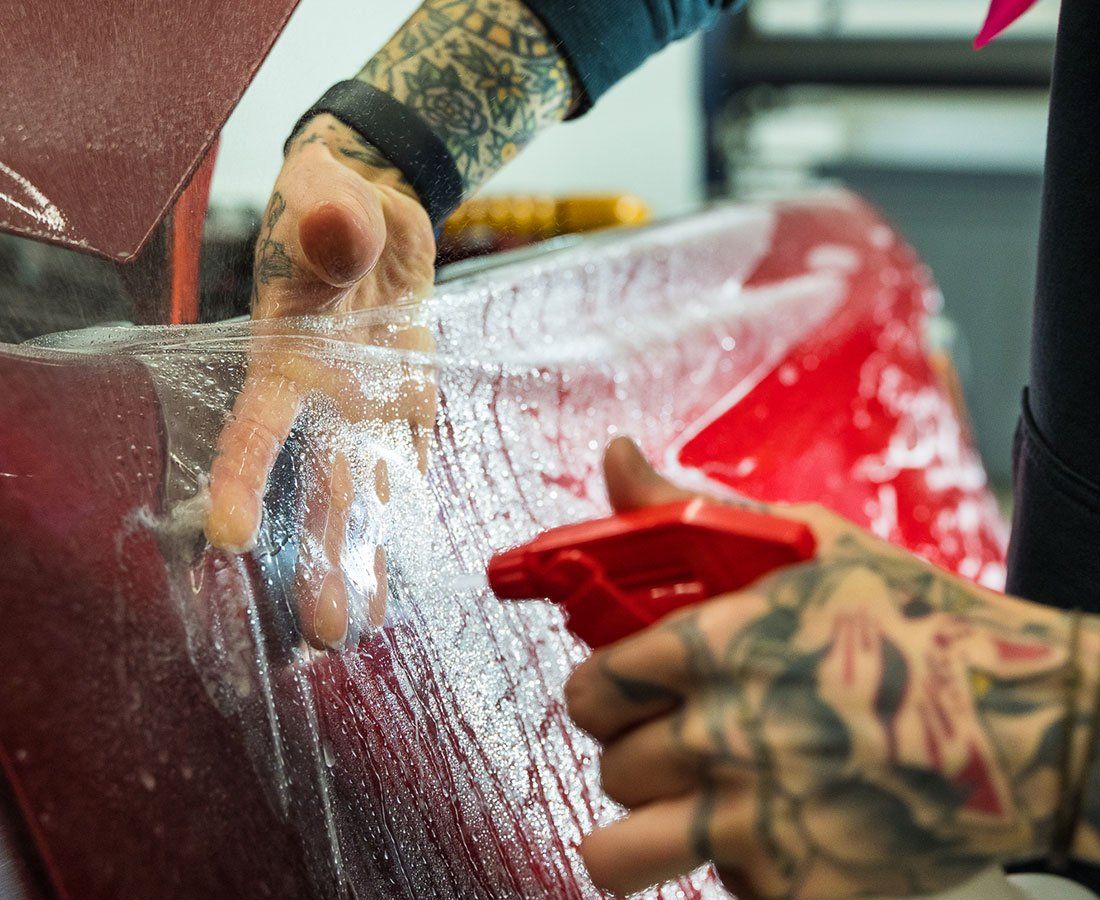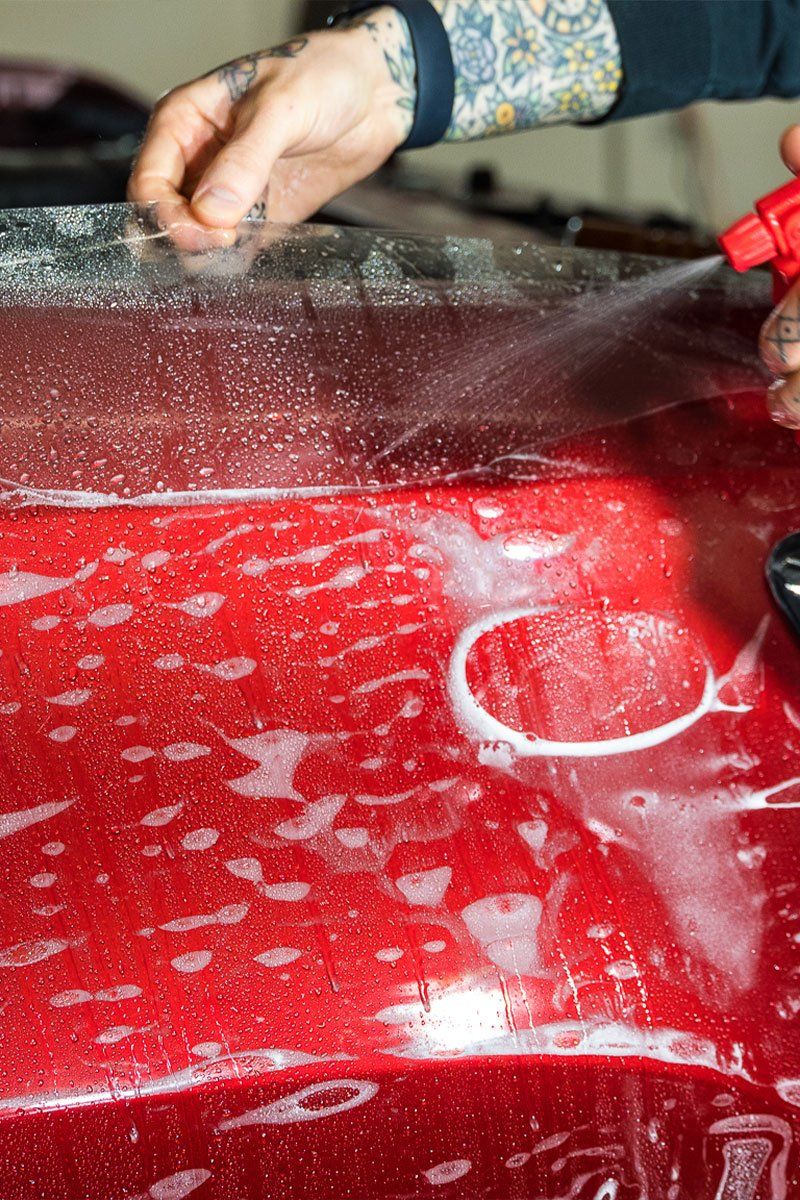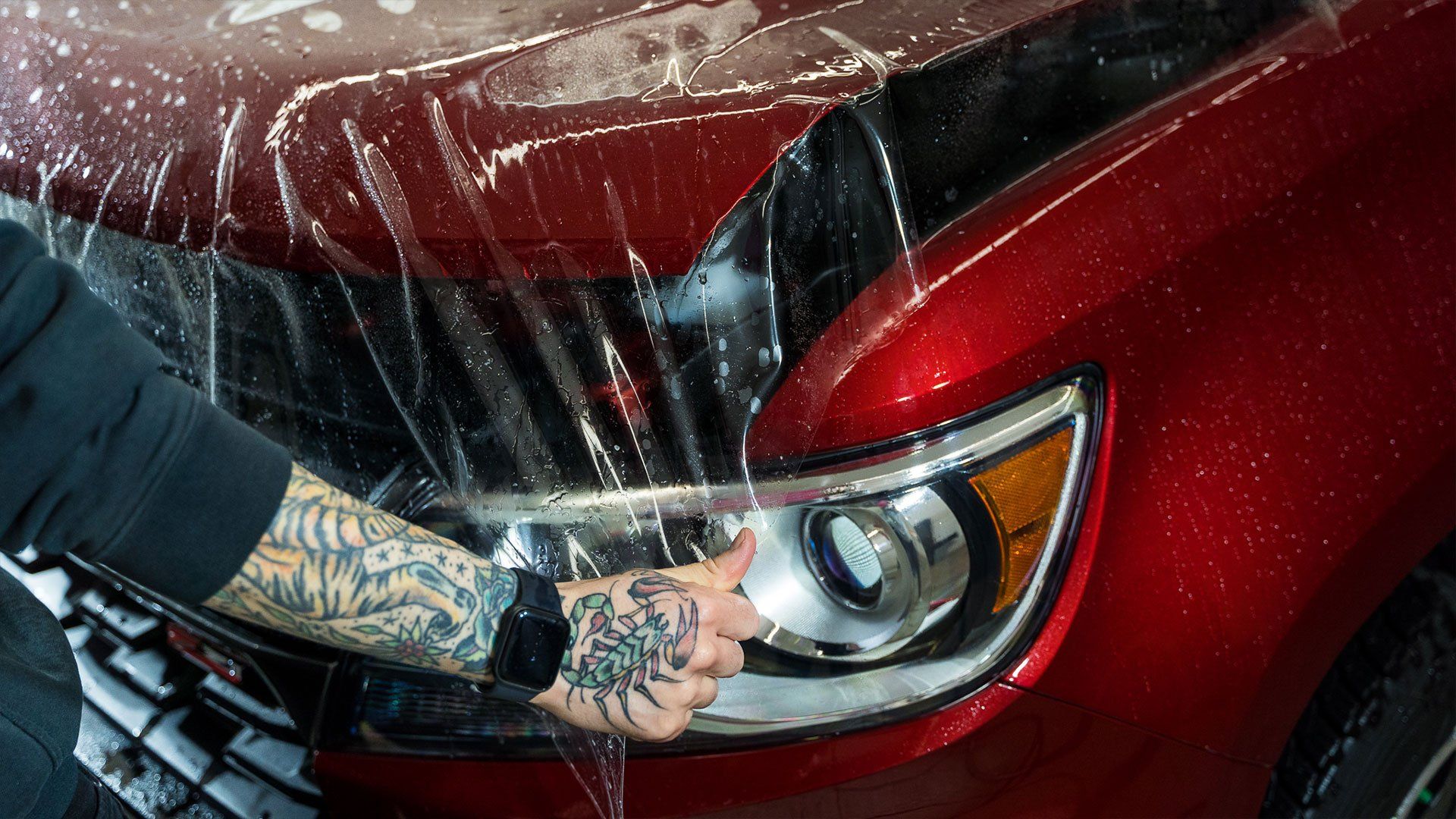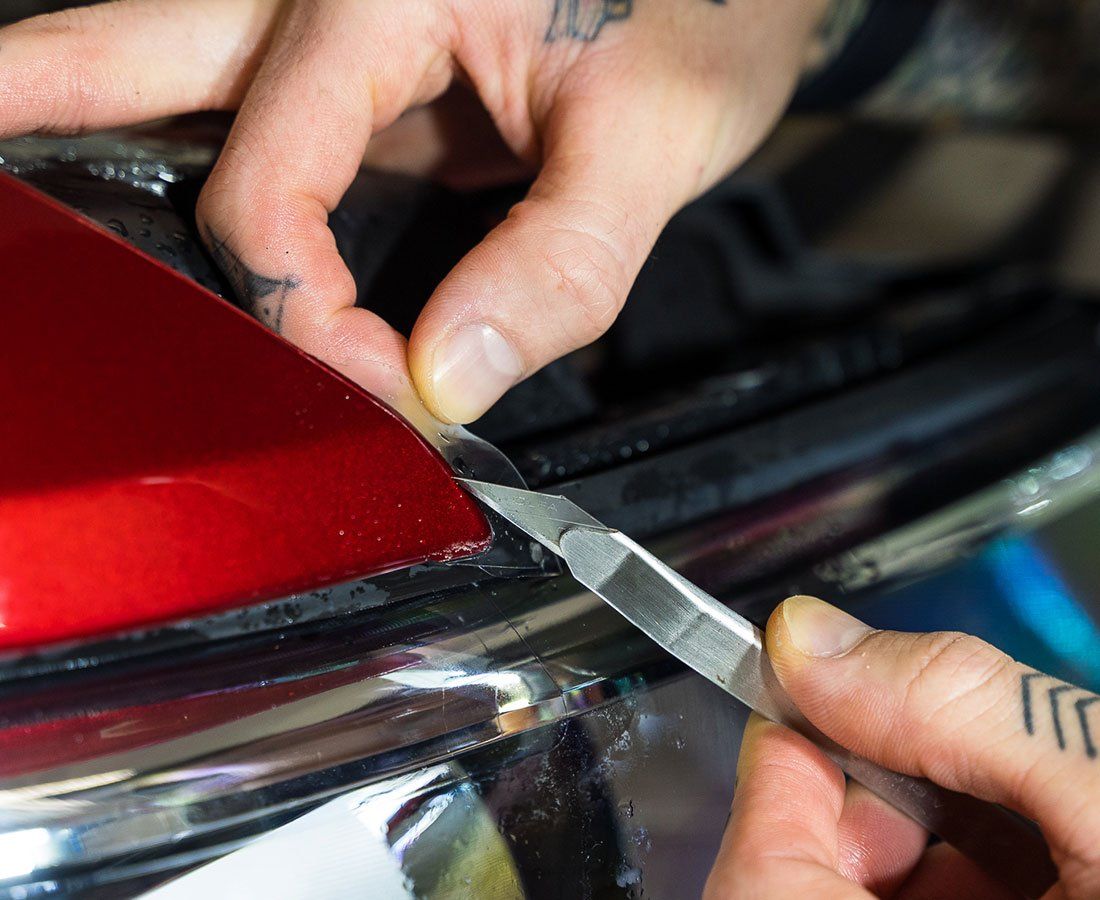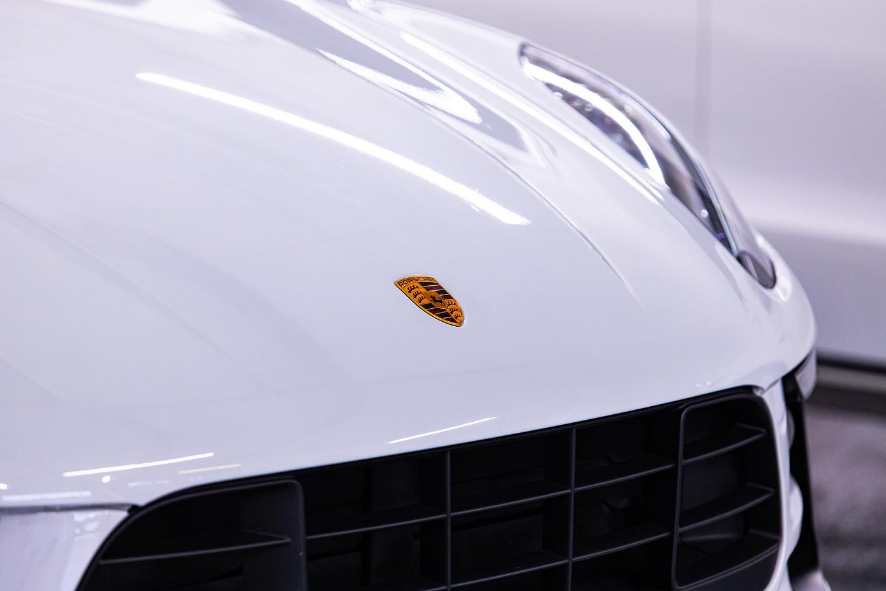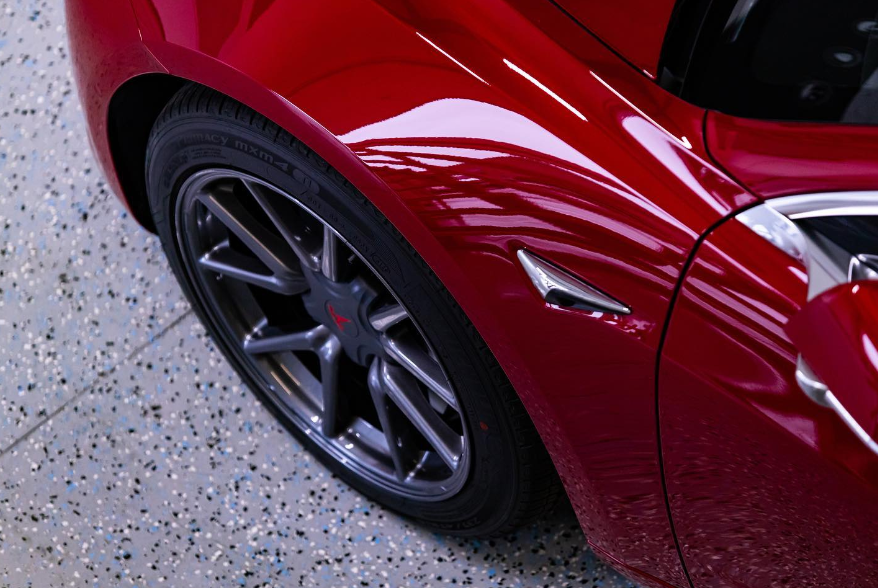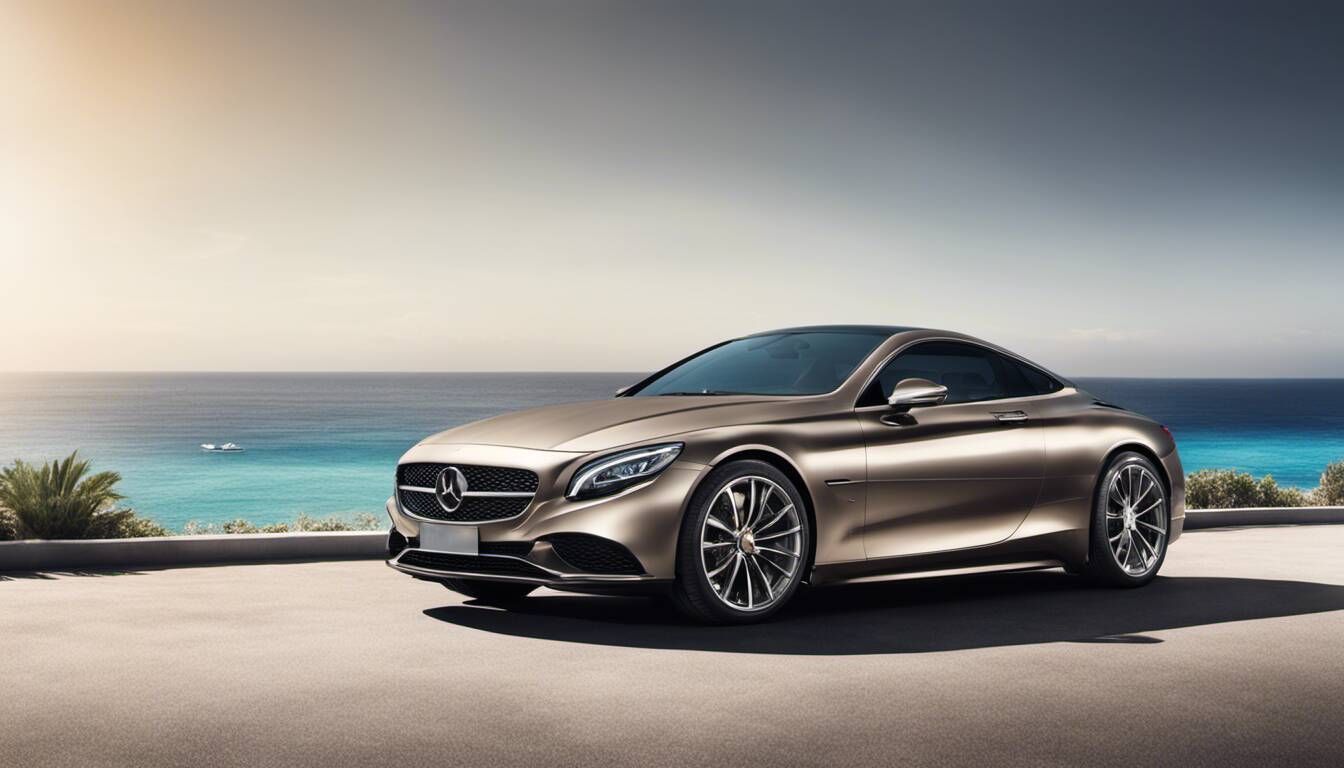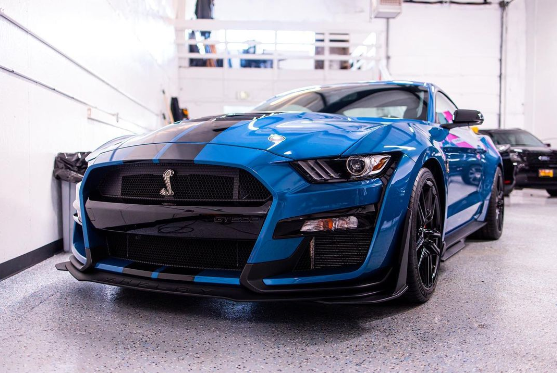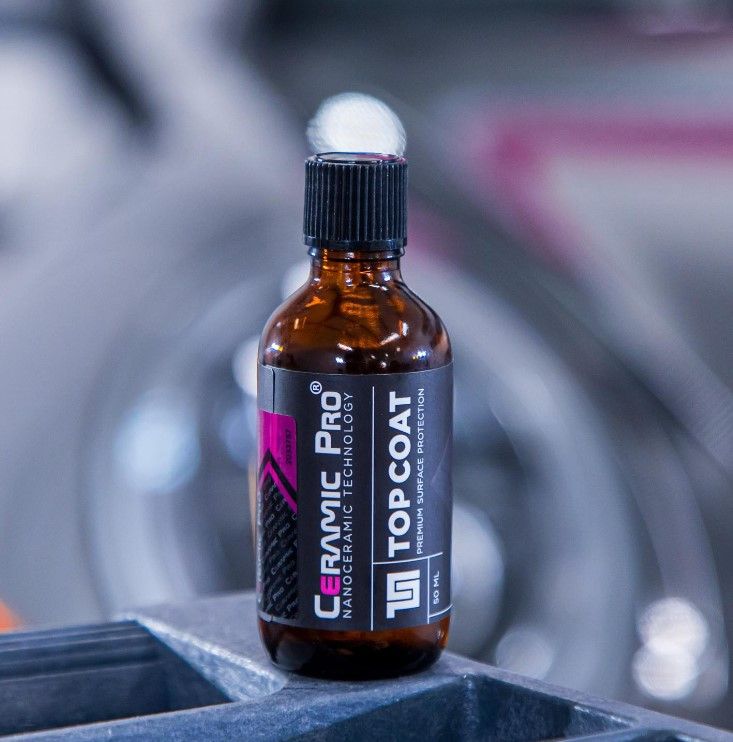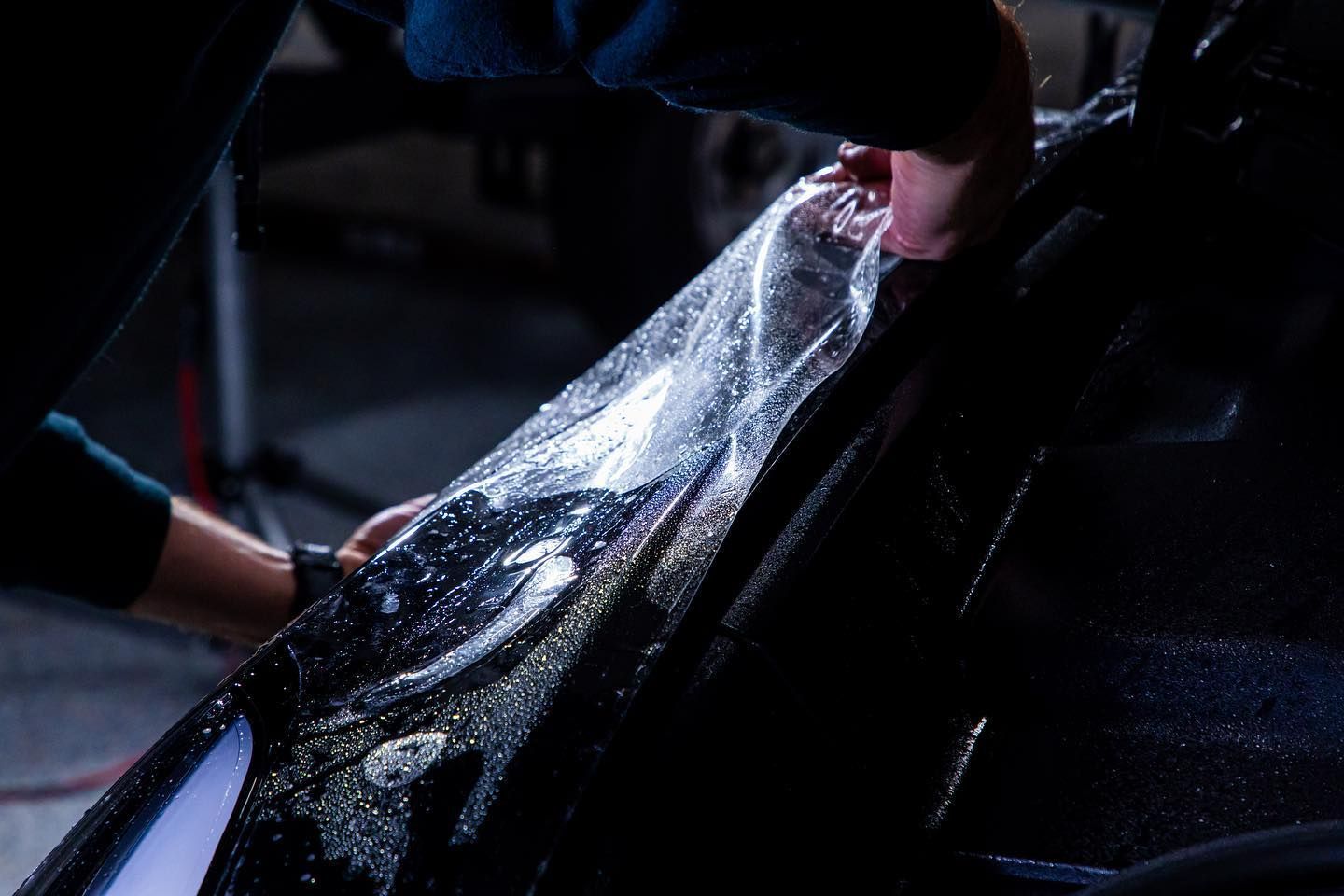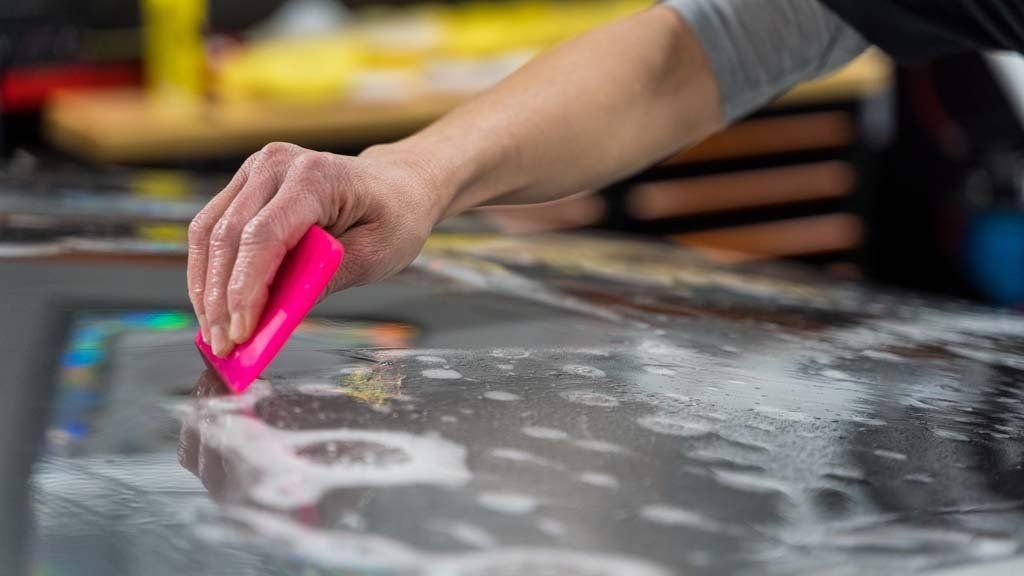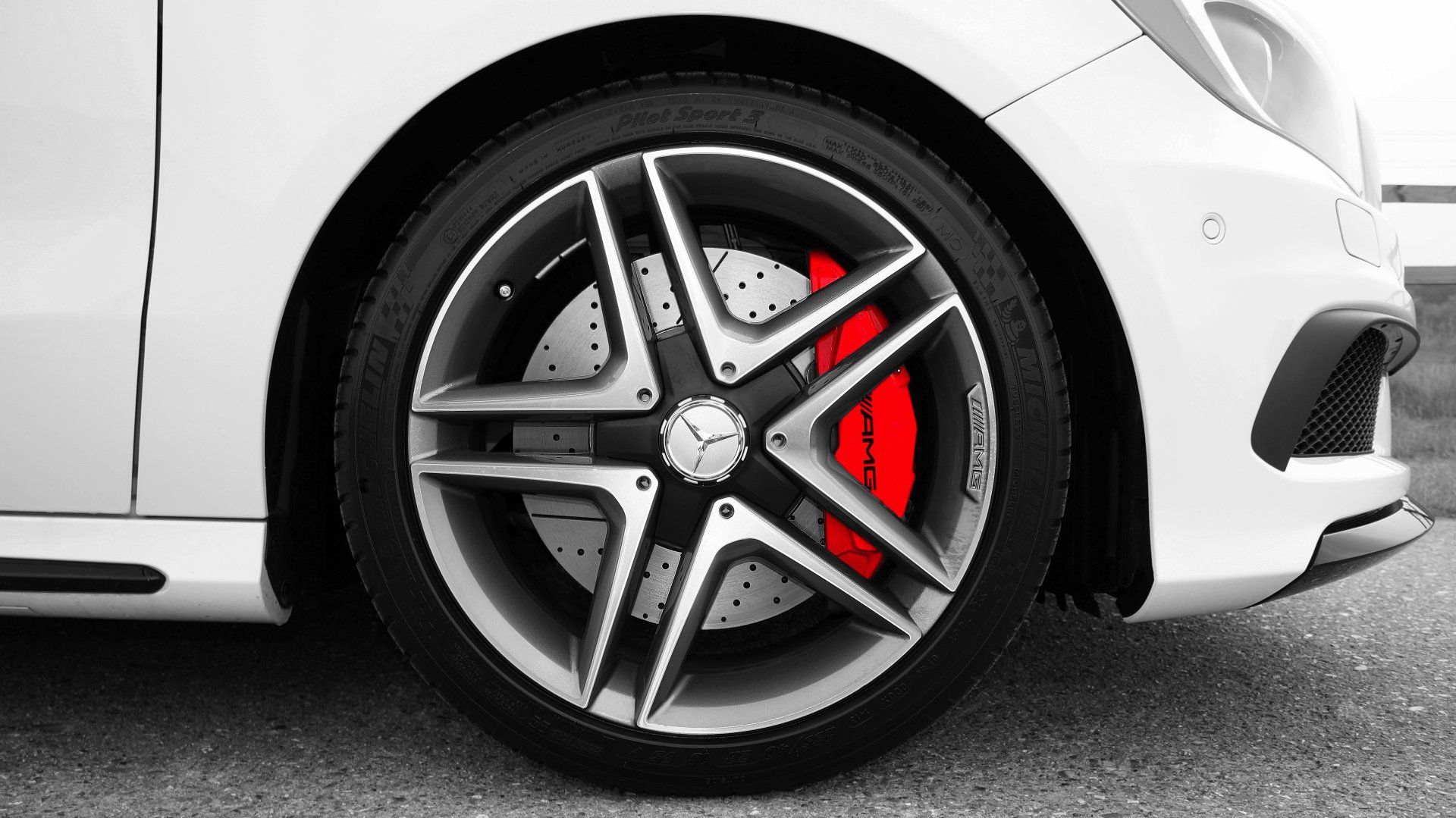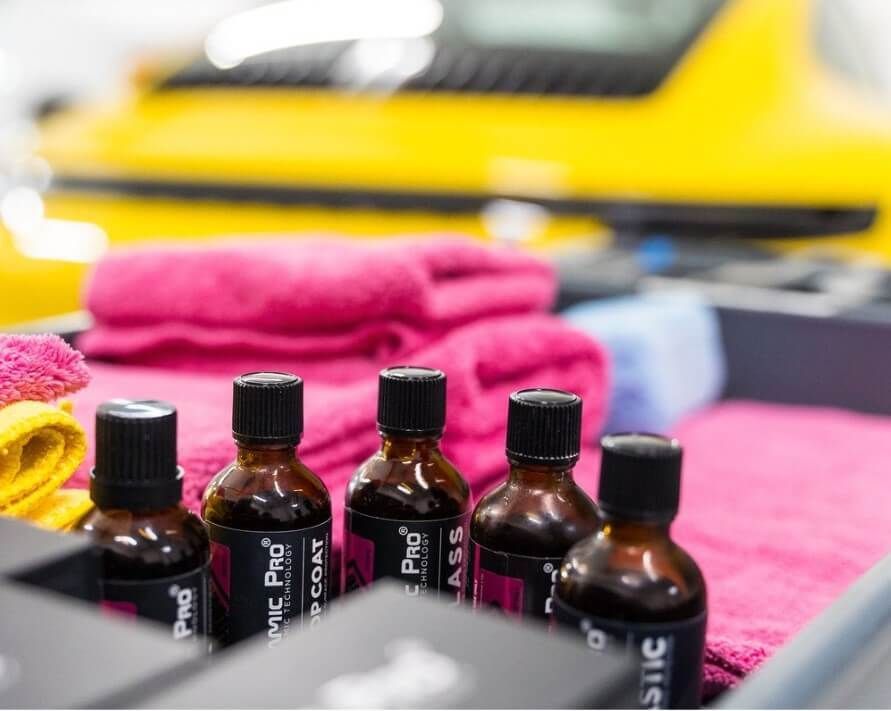Signs You Need to Replace Your Car's Paint Protection Film: A Comprehensive Guide
CALL (253) 533-6776Maintaining your car's pristine look involves more than washing and waxing; it's about ensuring every protective layer does its job effectively. One critical shield for your car’s paintwork is the paint protection film. But how do you know when it’s time to replace it?
Signs that indicate the need for paint protection film replacement include noticeable scratches, cracks, changes in color on the film, edge detachment, and loss of gloss. If you notice any of these signs, it may be time to consider replacing your car's paint protection film for continued protection and aesthetics.
Severe Damage to the Original Paintwork
The original paint on your car is like its skin—beautiful and protective. When you notice severe damage to the original paintwork, it's a clear sign that the existing paint protection film isn't doing its job effectively. Deep scratches, chips, or visible fading on the car's surface indicate that the paint protection film has failed to provide the necessary protection.
Imagine your car's paint as a work of art, carefully crafted to reflect light and color in just the right way. Imagine deep scratches or noticeable rock chips marring its once glossy finish. This kind of wear and tear is not only unsightly but also compromises the integrity of your vehicle's exterior. For example, if you often take your car on highways, the constant barrage of rock chips and debris can puncture through the film and reach the underlying paint. As a result, your car's surface may have noticeable blemishes that detract from its appearance.
Additionally, exposure to harsh weather conditions like hail or even extreme sunlight over time can cause visible damage to the original paintwork if the paint protection film is compromised. Now, while it may be disheartening to see these imperfections on your car, there is positive news! By promptly replacing the old paint protection film with a new one, you can prevent further damage and restore your car's appearance.
Visible Signs of Film Wear
The protective film on your car acts as an invisible superhero, safeguarding your vehicle against scratches and scuffs. However, like any superhero, it exhibits signs of wear and tear over time.
Bubbles and Cracks
Bubbles are one of the most obvious indicators. When bubbles start forming under the film, that's a sign of trouble. These bubbles often stem from incorrect installation or prolonged exposure to heat, which can trap moisture underneath and cause more significant damage if left unaddressed. You may also notice cracks in the film. This is a red flag, indicating that the paint protection film has deteriorated enough to form cracks, significantly compromising its protective capabilities. These cracks can make your paint protection film vulnerable and ineffective against future damage, defeating its very purpose.
Understanding Yellowing
Yellowing is another common issue with aging photo protection. Years of exposure to harmful UV rays and environmental elements often cause yellowing. When your once transparent paint protection film turns yellow, it not only looks unsightly but also signifies that the film has lost its strength and durability. Just like how old photos lose their luster with time and exposure, PPF tends to yellow as it ages. Imagine leaving a clear plastic lid under the sun for some time—it gradually loses its clarity and becomes yellowish. Similarly, a paint protection film may lose its clear appearance and become discolored through extended exposure to UV radiation.
If you observe bubbling, cracking, or yellowing in the PPF, it's imperative to address these issues promptly to ensure continued protection for your vehicle.
Wear and Tear Common Areas
Your car's paint protection film acts as a resilient shield, defending your vehicle against the rigors of the road. However, it encounters significant challenges in specific areas that are more susceptible to impact. These high-impact zones include the front bumper, hood, side mirrors, and door edges. Simply put, they endure the elements every time you take your car for a spin. The front bumper leads when facing road debris, gravel, and small stones kicked up by vehicles ahead. Unsurprisingly, this area tends to bear the brunt of it all. The hood closely follows suit, as it is directly aligned with these projectiles. Then we have the side mirrors—apparently small in size but constantly exposed to various elements, including dust, rain, and debris. Lastly, the often-overlooked door edges are susceptible to nicks from doors and scraping against objects.
These are all critical areas that demand extra attention, as they play a significant role in safeguarding your car’s exterior from daily wear and tear. Imagine spending most of your day outdoors; you'd probably be most concerned about protecting your head, chest, and arms from any kind of impact—much like how your car's paint protection film addresses these high-traffic spots. Bear in mind that these areas necessitate consistent upkeep and periodic inspections to ensure they remain well protected at all times. It's crucial to recognize that high-traffic zones like these are more susceptible to damage and might require more frequent replacements than other areas of your car.
Influence of Film Quality
Your car's exterior shielding from environmental hazards is largely dependent on the quality of your paint protection film. PPF varies in quality, and this distinction isn't just marketing jargon—it significantly affects how long the film will effectively protect your vehicle's paint. High-quality PPF can last up to 3 to 5 years or even more, offering superior durability and protection compared to lower-cost options. The difference is remarkable—while lower-quality films may need replacement every 1-2 years, premium options can minimize maintenance needs and provide long-term, dependable coverage.
By opting for top-tier paint protection film, you not only reduce the frequency of replacements, but you also ensure that your vehicle stays safe with minimal maintenance efforts. This means fewer trips to the detail shop for replacements, keeping your car looking fresh and well-protected for longer periods.
Understanding the impact of film quality on longevity sets the stage for evaluating the expected lifespan of paint protection film under varying conditions.
Lifespan of Paint Protection Film
The typical lifespan of high-quality paint protection film ranges from 5 to 10 years, subject to variables such as brand, quality, environmental conditions, driving habits, and maintenance routines. This implies that vehicles exposed to severe climates or utilized for off-road escapades may experience more rapid wear and tear on the film.
- Environmental Factors: Environmental conditions like sun exposure, extreme temperatures, and harsh chemical exposure can significantly impact the paint protection film's lifespan. For example, a paint protection film installed on a vehicle consistently parked outdoors in a hot and sunny climate might deteriorate faster than one kept in a covered garage.
- Driving Habits: Your car's usage also has a significant impact on the paint protection film's lifespan. Vehicles frequently driven on rough terrain or off-road tracks face greater wear and tear, accelerating the film's deterioration. Conversely, vehicles primarily used for city driving may exert less strain on the paint protection film.
- Regular Maintenance: Proper upkeep can make a substantial difference in prolonging the life of the paint protection film. Adhering to regular maintenance practices, such as cleaning with gentle products and avoiding harsh chemicals, can help sustain the film's integrity and protective qualities. For example, regularly washing your vehicle using a microfiber mitt and car wash soap effectively maintains the paint protection film by removing dirt and debris that could otherwise compromise its effectiveness.
We Are Evaluating Whether We Need to Replace the Entire Film
When deciding whether the entire paint protection film needs replacement, it's crucial to consider the overall condition of the film. Observing noticeable scratches, cracks, or color changes on the film indicates a potential compromise in its protective capabilities. One should not overlook visible damage that compromises the film's protective capabilities. This may include edge detachment that detracts from both aesthetics and coverage, as well as significant wear observed during inspections. For example, if loss of gloss signifies wear and tear, these are strong indicators that call for a comprehensive evaluation of whether to replace certain sections or opt for an entire film replacement.
In addition, environmental factors can significantly diminish the efficacy of the paint protection film. Environmental factors such as exposure to harsh sunlight or abrasive materials can cause wear, necessitating a complete replacement. Although some areas might appear untouched, prolonged exposure to such elements can still undermine the effectiveness of the film. In light of these factors, determining whether partial replacements or an entire film replacement is necessary involves careful assessment and consideration not only of visible damages but also underlying wear from environmental factors. It may also necessitate seeking professional advice from experienced specialists who can provide personalized recommendations based on driving habits and specific environmental conditions.
For expert assessments and tailored advice, you may want to consider booking an appointment with our specialists at
Lucent Auto Work, where we can guide you in making the best decision for your vehicle. Call us at (253) 533-6776 or visit our website to schedule an appointment and ensure your car's optimal protection!


